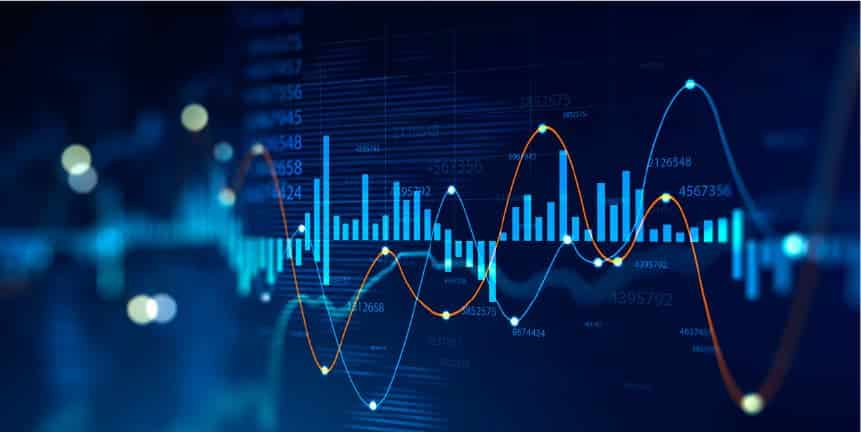Advanced digital technologies, such as the Internet of Things and Data Analytics, will boost production, enhance efficiency, and open up new business opportunities, all of which are critical for economic recovery. For example, to improve corporate operations, massive volumes of data combined with Artificial Intelligence (AI) approaches like data mining and machine learning is an ideal way to turn data into value. Most businesses struggle to maintain consistency in their recurring operations, especially in industrial manufacturing.
IoT Analytics Devices That Drive Digital Transformation
Businesses may gather data from a wide variety of Internet of Things devices, including the following:
Wearables
Smartwatches and dedicated trackers go beyond steps. Internet-connected gadgets may track friends’ fitness activities, contest with them, chat, and answer calls. Fitness organizations collect this information to build customized customer packages, including workouts, diet, and targets. New smart watches measure heart rates and rhythms and correctly detect cardiac issues.
Healthcare
IoT gadgets abound in healthcare. Bluetooth makes hearing aids, monitors pulse-based alarm systems, and tracks heart and blood pressure. This greatly improved healthcare. The obtained data helps develop better technologies.
Smart Home
Smart houses contain security systems and appliances you can switch on and off remotely. You may add a variety of gadgets to your house and gather data to monitor consumption trends, system performance, and more.
Voice Activation
IoT includes digital assistants. Siri, Alexa and Google take notes, play music, search for information, order cabs, etc. Internet upgrades digital assistants to increase functionality. Their data lets corporations personalize services to your digital assistant use.
Applications of IoT Analytics
With so many gadgets, data flows in infinite numbers. IoT analytics analyzes device data without hardware or infrastructure. As your organization’s demands vary and expand, processing power and data storage scale up or down to accommodate IoT analysis.
- First, aggregate data from diverse sources, formats, and frequencies.
- Data is processed using external sources.
- The data is then analyzed using a time series.
- Custom analytic systems, SQL queries, or machine learning analysis may be used and Predictions may be made using the findings.
- Companies may construct systems and apps to streamline corporate operations with the data.
Conclusion
IoT data replicate big data. The fundamental distinction between the two is the variety of data sources; companies must process all these data into one stream. IoT analytics can help with data integration, but it’s challenging to build and apply. But with the right knowledge, IoT can be effectively integrated by experts into any company system.
Thinaer’s team of PhDs, data scientists, business strategists, technologists, and artists are positioned to help the world’s leading enterprises optimize their operations and enact digital transformation at scale. To learn more about who we are and capitalize on the 2022 trends with Thinaer’s fully intelligent IoT platform, contact us today!

